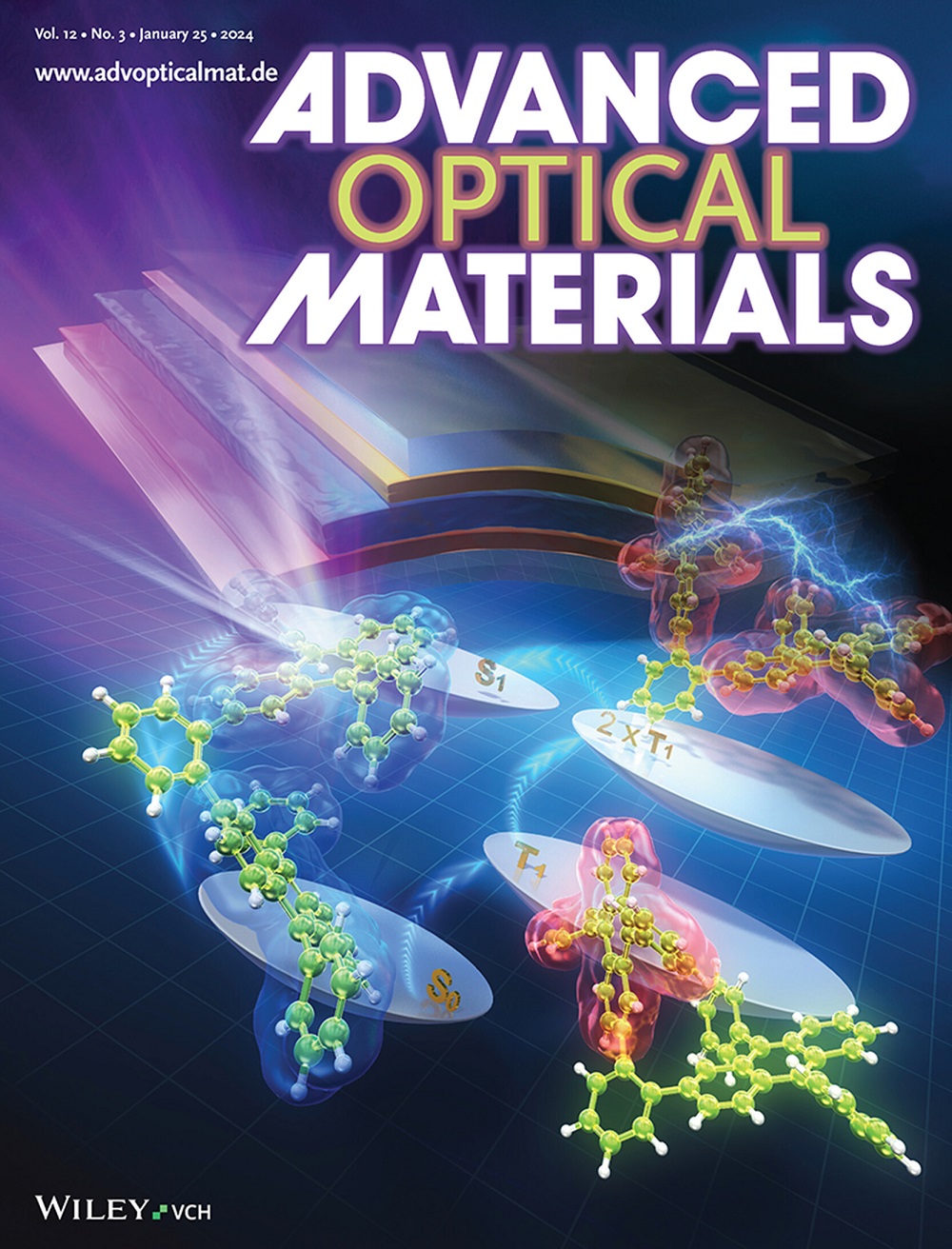A Diamond Heater‐Thermometer Microsensor for Measuring Localized Thermal Conductivity: A Case Study in Gelatin Hydrogel
IF 8
2区 材料科学
Q1 MATERIALS SCIENCE, MULTIDISCIPLINARY
引用次数: 0
Abstract
Understanding the microscopic thermal effects of the hydrogel is important for its application in diverse fields, including thermal‐related studies in tissue engineering and thermal management for flexible electronic devices. In recent decades, localized thermal properties, such as thermal conductivity, have often been overlooked due to technical limitations. To tackle this, the study proposes a new hybrid diamond microsensor that is capable of simultaneous temperature control and readout in a decoupled manner. Specifically, the sensor consists of a silicon pillar (heater) at ≈10 microns in length, topped by a micron‐sized diamond particle that contains silicon‐vacancy (SiV) centers (thermometer) with 1.29 temperature measurement sensitivity. Combining this innovative, scalable sensor with a newly established simulation model that can transform heating‐laser‐induced temperature change into thermal conductivity, an all‐optical decoupled method is introduced with ≈0.05 W m

用于测量局部热导率的金刚石加热器-温度计微传感器:明胶水凝胶案例研究
了解水凝胶的微观热效应对其在不同领域的应用非常重要,包括组织工程中的热相关研究和柔性电子设备的热管理。近几十年来,由于技术限制,热导率等局部热特性常常被忽视。为解决这一问题,本研究提出了一种新型混合金刚石微型传感器,能够以解耦方式同时进行温度控制和读出。具体来说,该传感器由一个长度≈10微米的硅柱(加热器)和一个微米大小的金刚石颗粒组成,金刚石颗粒含有硅空穴(SiV)中心(温度计),温度测量灵敏度为1.29。这种创新的可扩展传感器与新建立的可将激光加热引起的温度变化转化为热导率的模拟模型相结合,推出了一种精度≈0.05 W m-1 K-1的全光学解耦方法,可减少激光串扰。该研究首次跟踪了水凝胶在凝胶化过程中的热导率变化,并证明了这种变化的存在。这项研究介绍了一种快速、不受干扰的微尺度热导率测量技术,有可能成为细胞测温的重要工具,并强调了去耦可以减少不同激光器串扰的观点,这对量子传感很有帮助。
本文章由计算机程序翻译,如有差异,请以英文原文为准。
求助全文
约1分钟内获得全文
求助全文
来源期刊

Advanced Optical Materials
MATERIALS SCIENCE, MULTIDISCIPLINARY-OPTICS
CiteScore
13.70
自引率
6.70%
发文量
883
审稿时长
1.5 months
期刊介绍:
Advanced Optical Materials, part of the esteemed Advanced portfolio, is a unique materials science journal concentrating on all facets of light-matter interactions. For over a decade, it has been the preferred optical materials journal for significant discoveries in photonics, plasmonics, metamaterials, and more. The Advanced portfolio from Wiley is a collection of globally respected, high-impact journals that disseminate the best science from established and emerging researchers, aiding them in fulfilling their mission and amplifying the reach of their scientific discoveries.
 求助内容:
求助内容: 应助结果提醒方式:
应助结果提醒方式:


